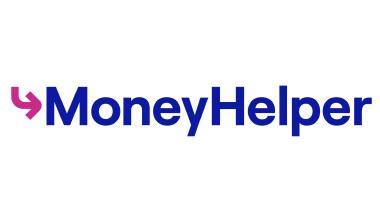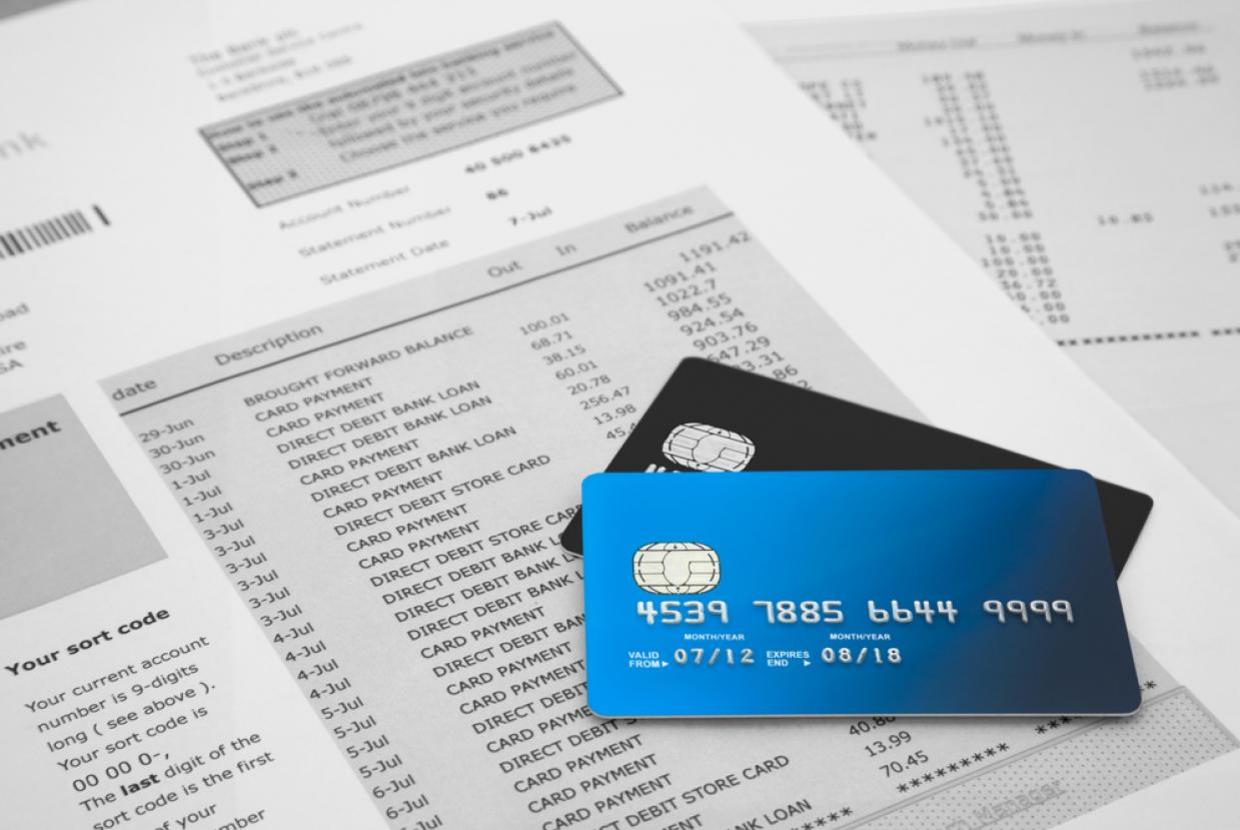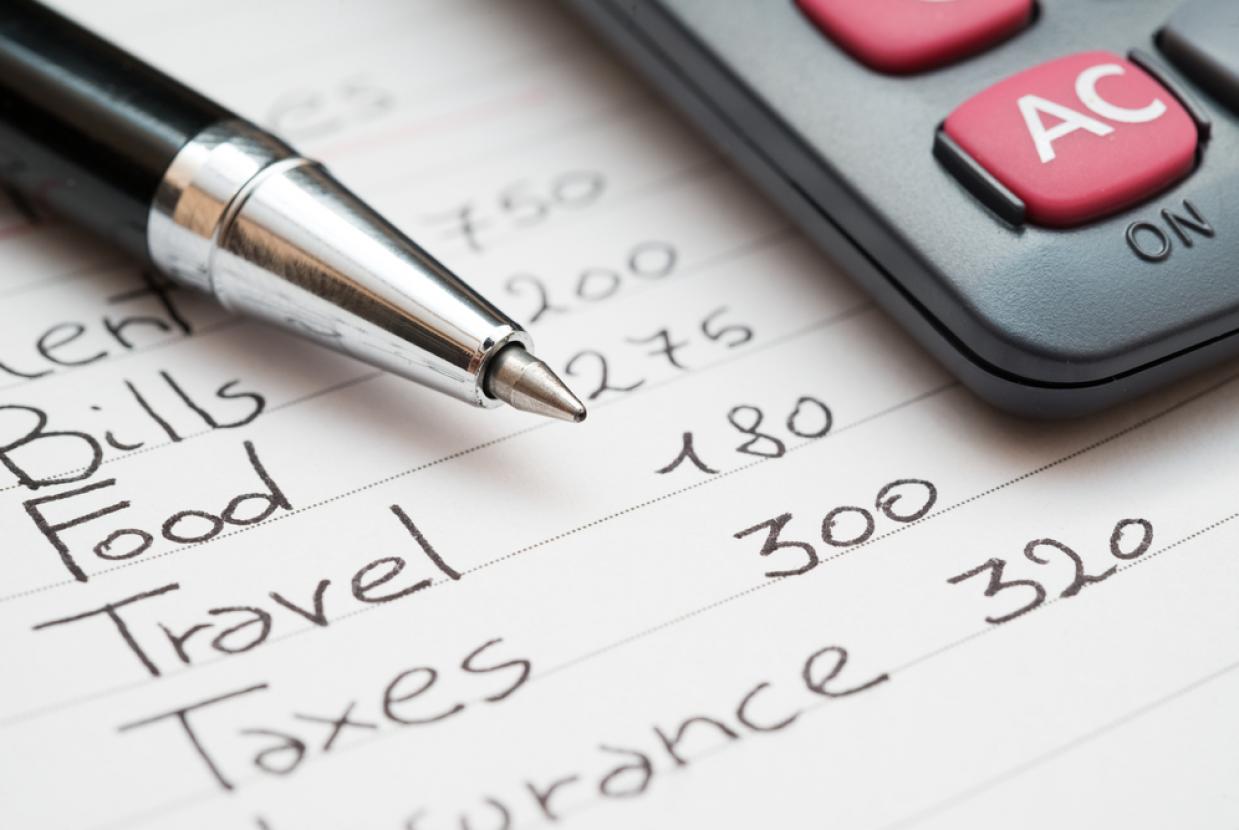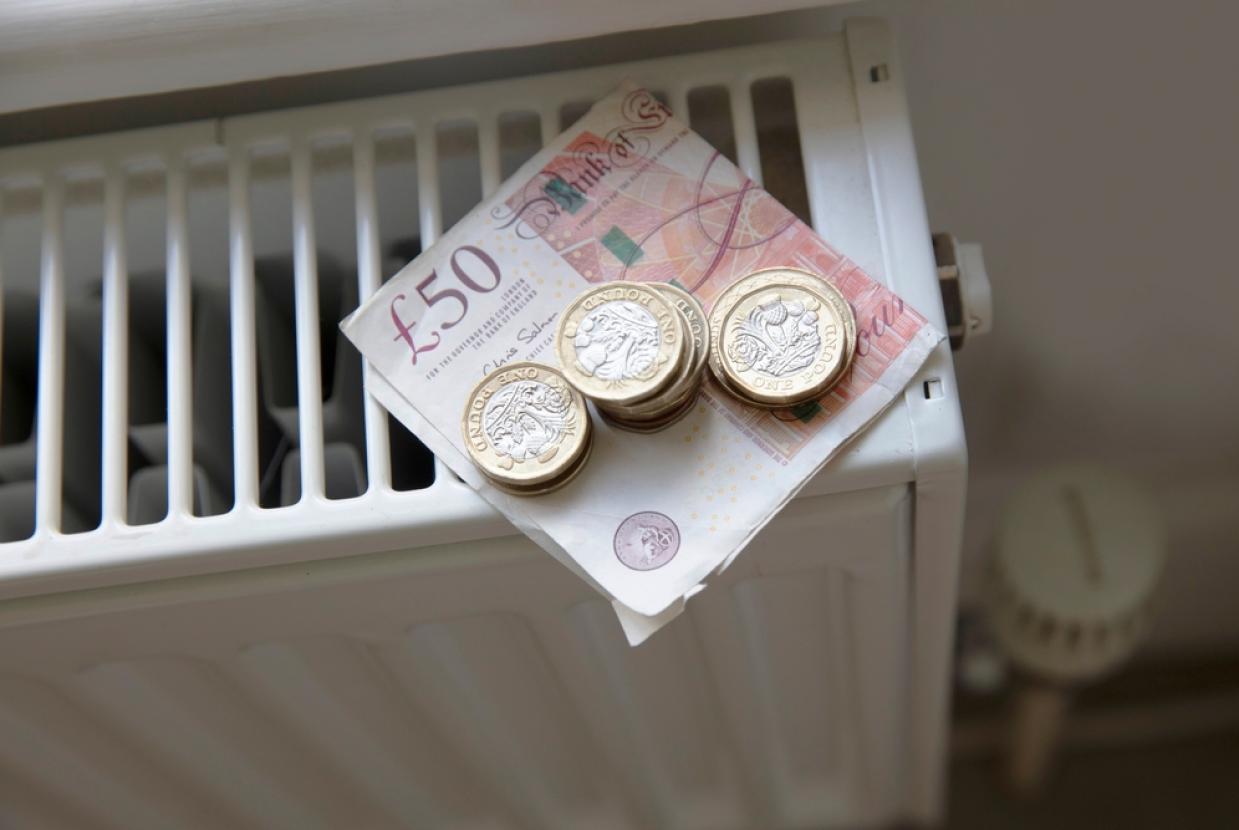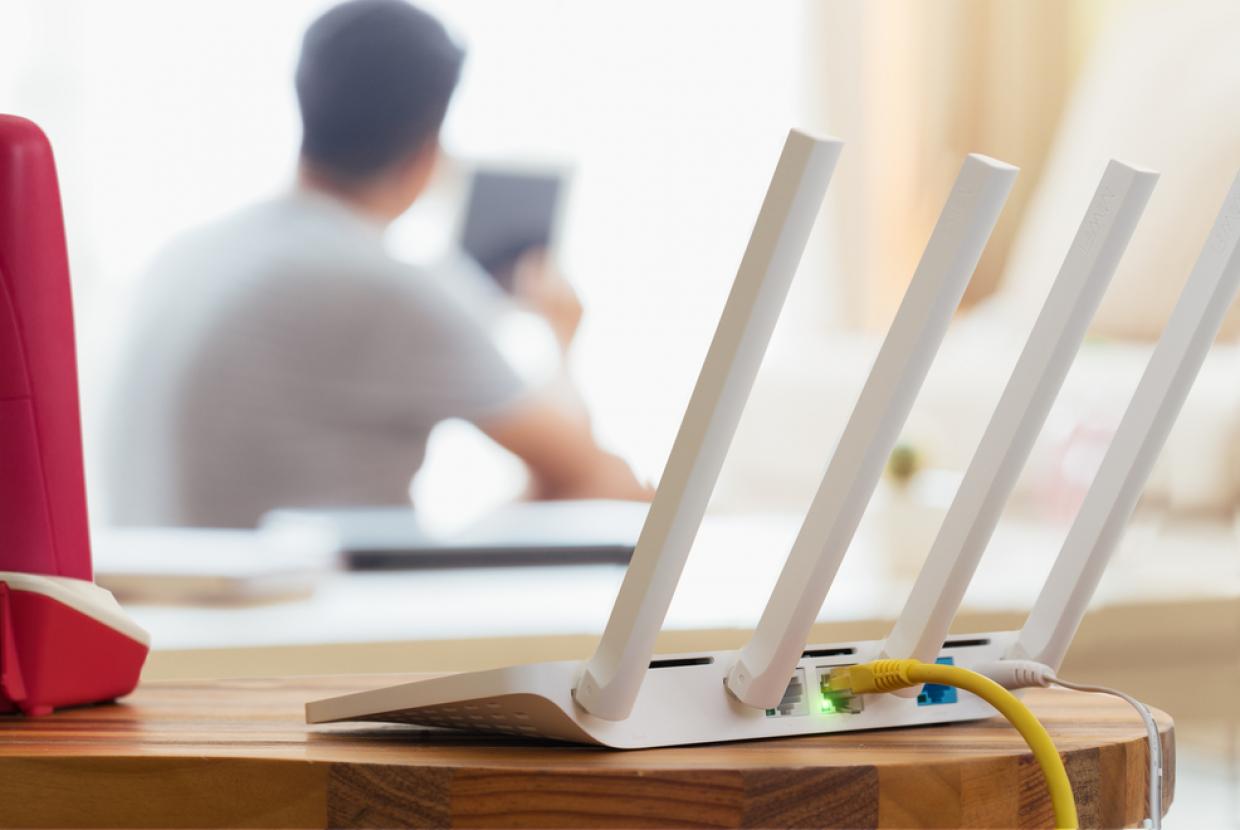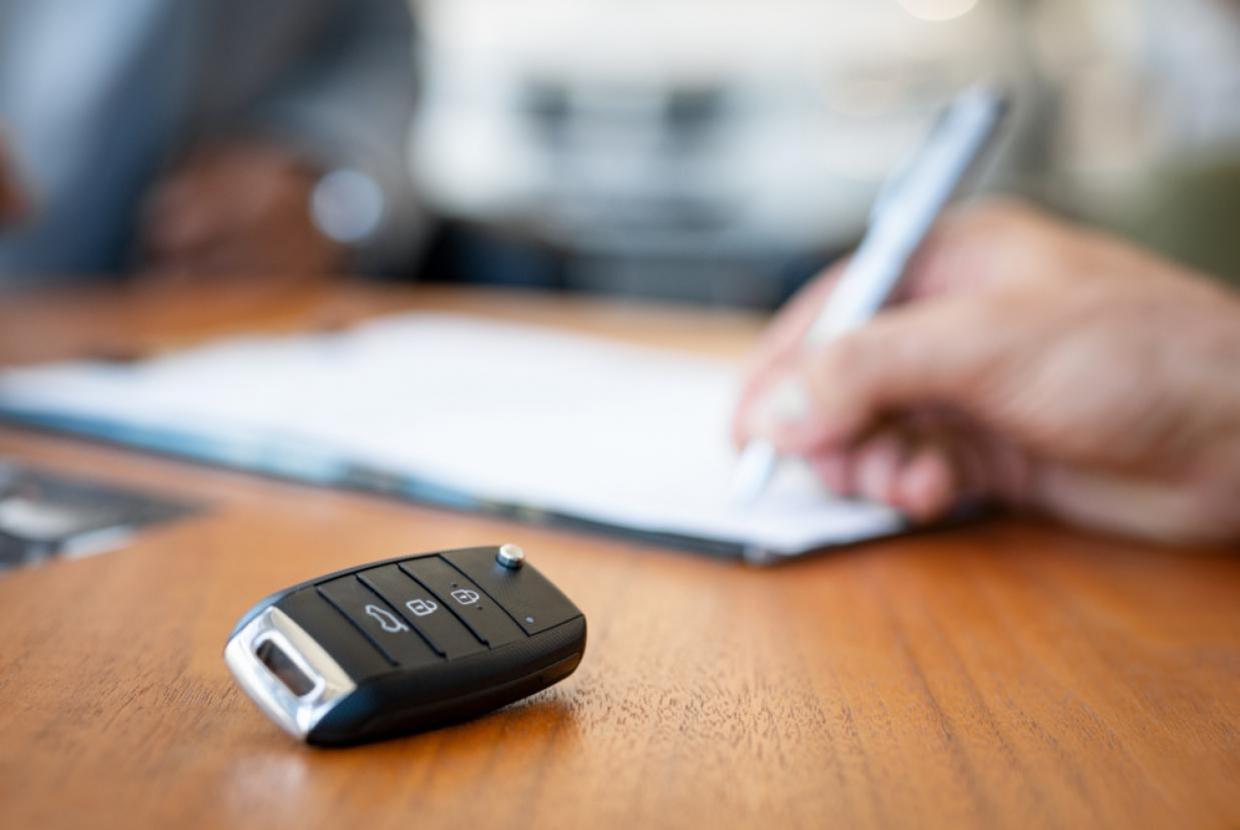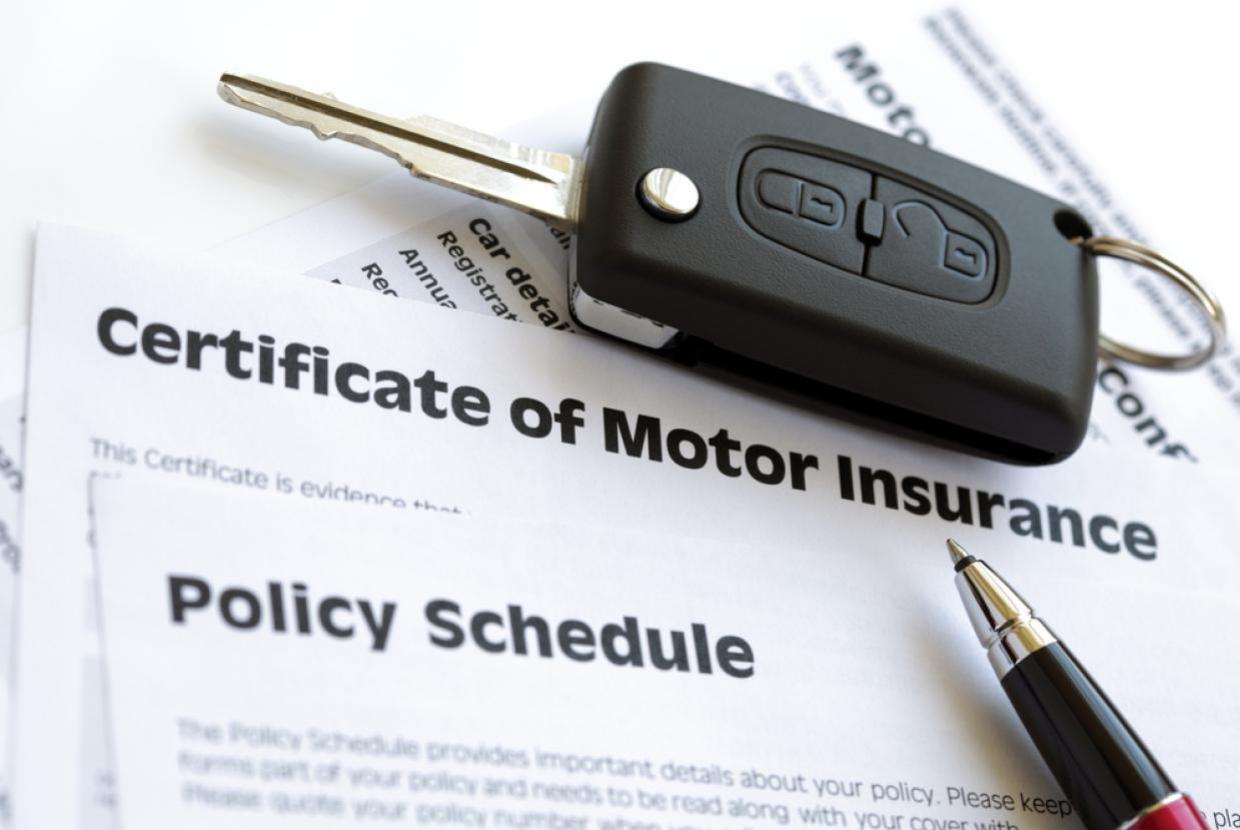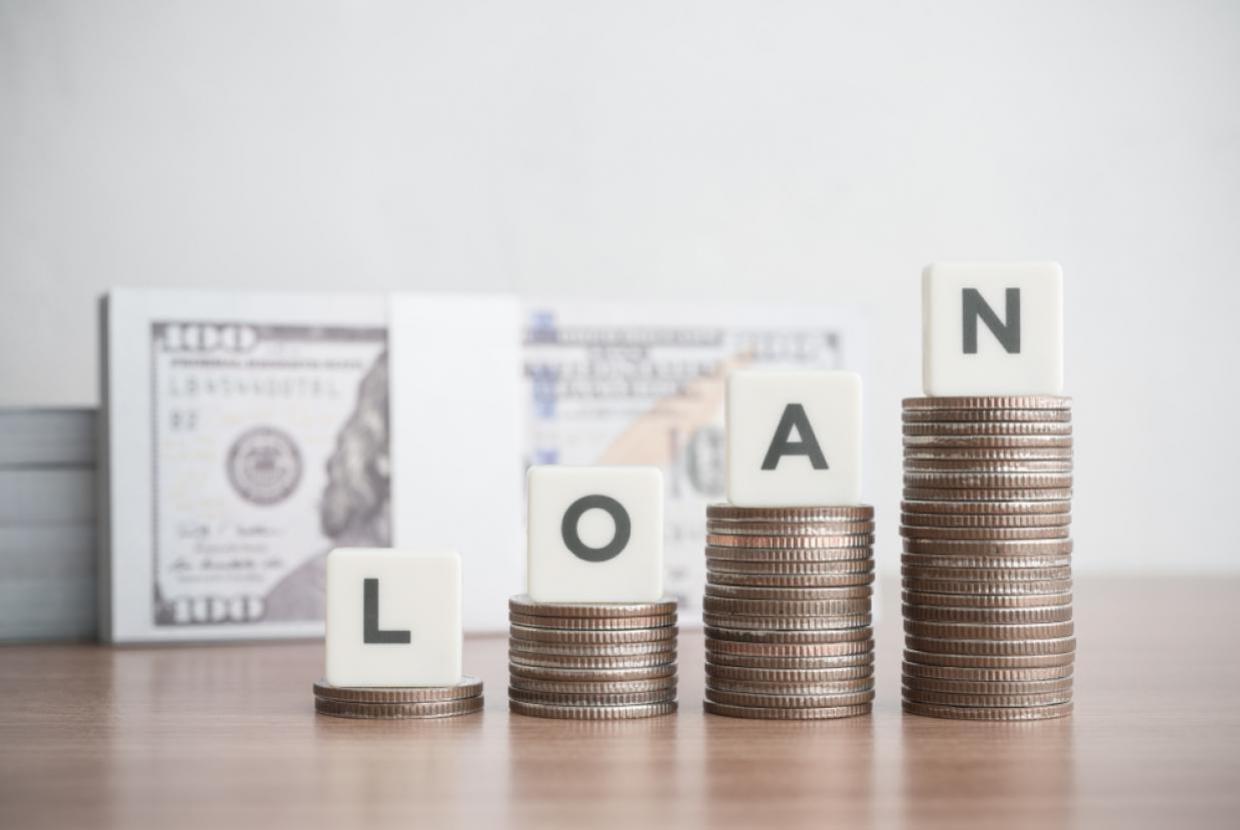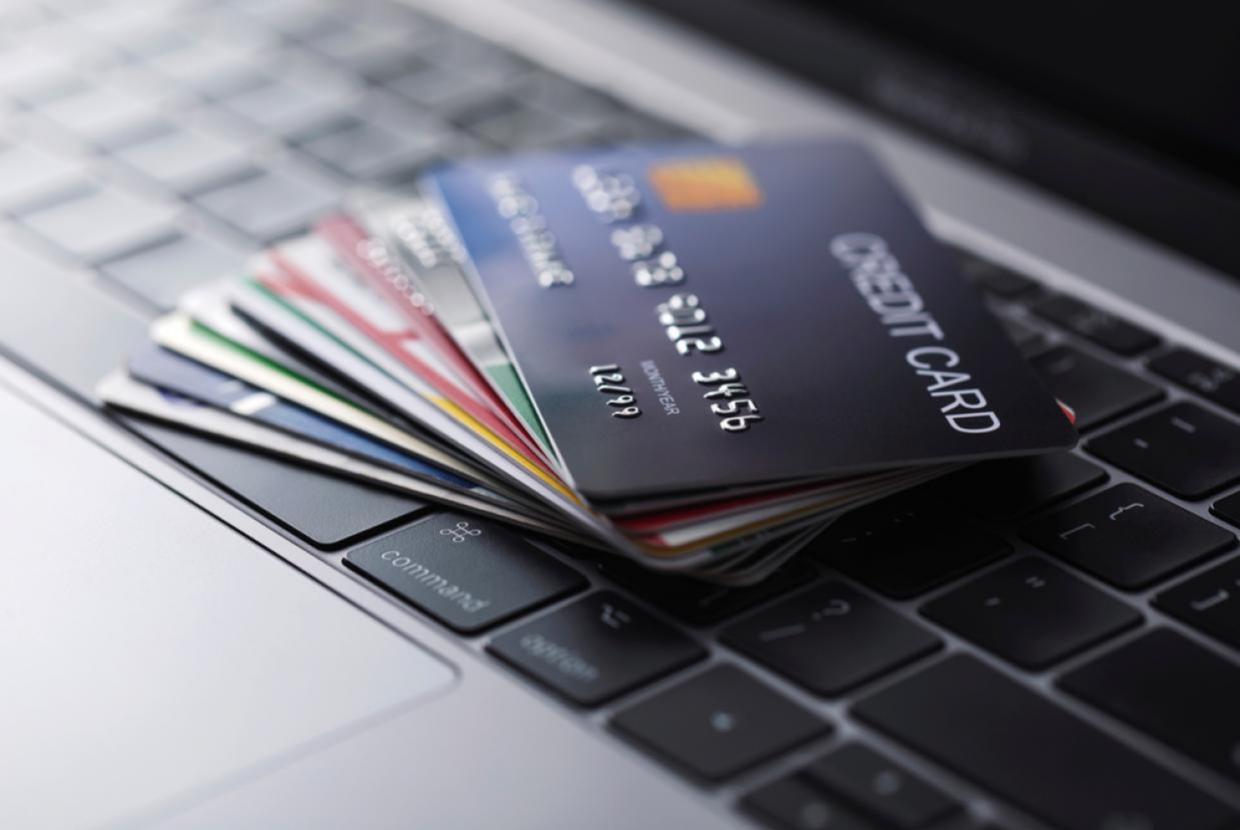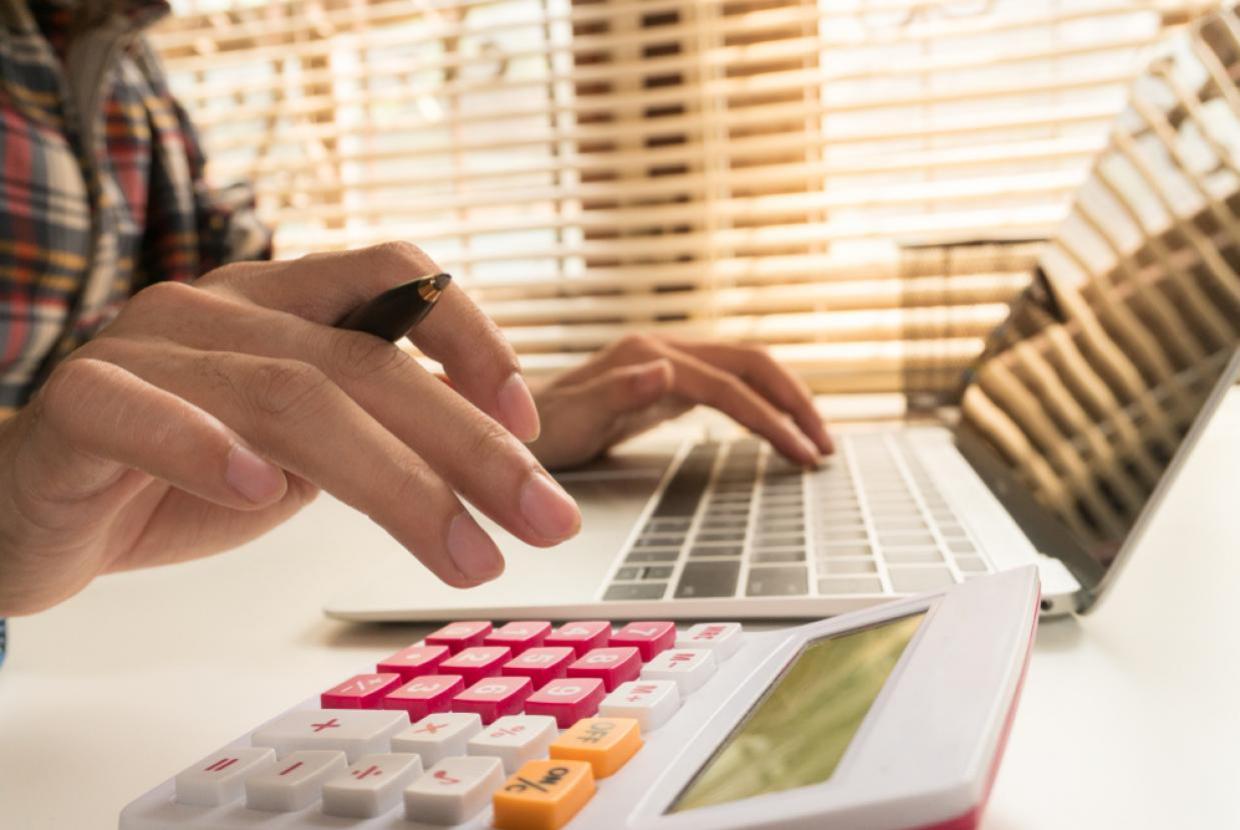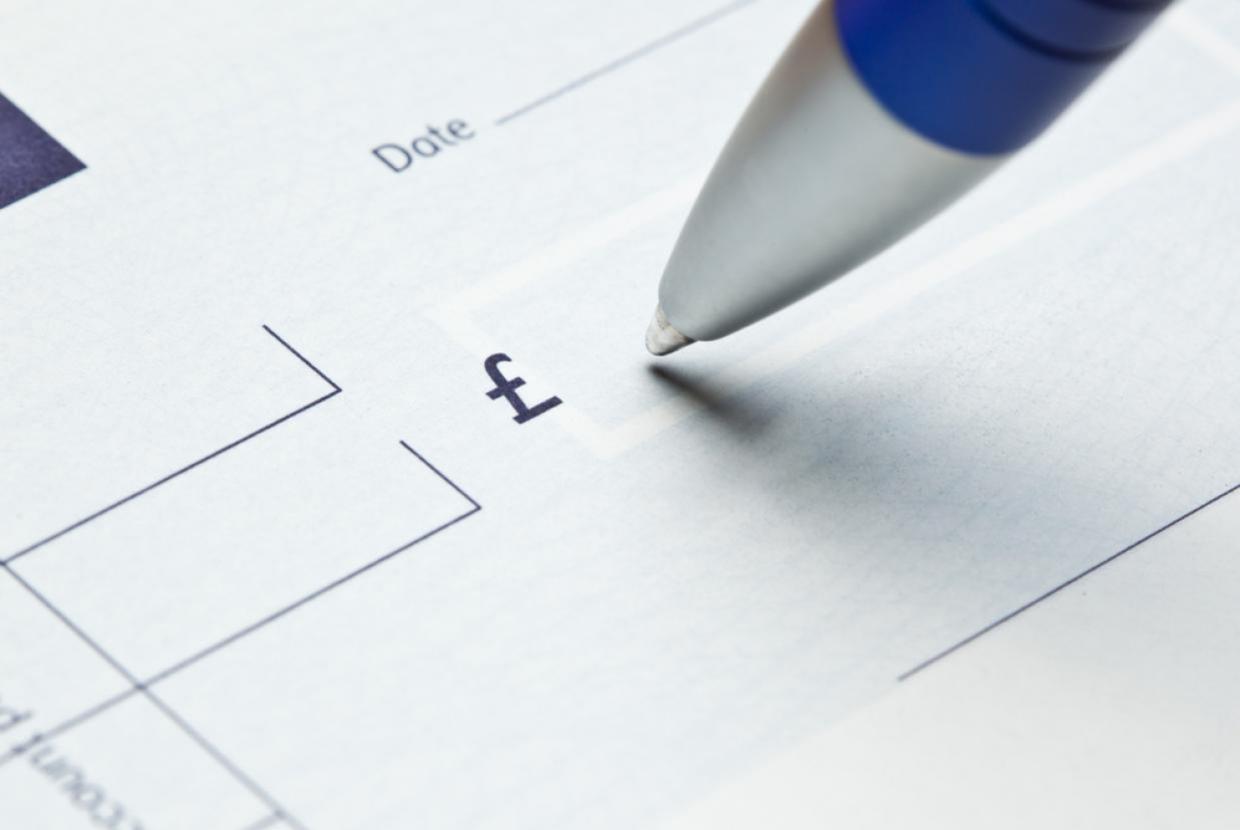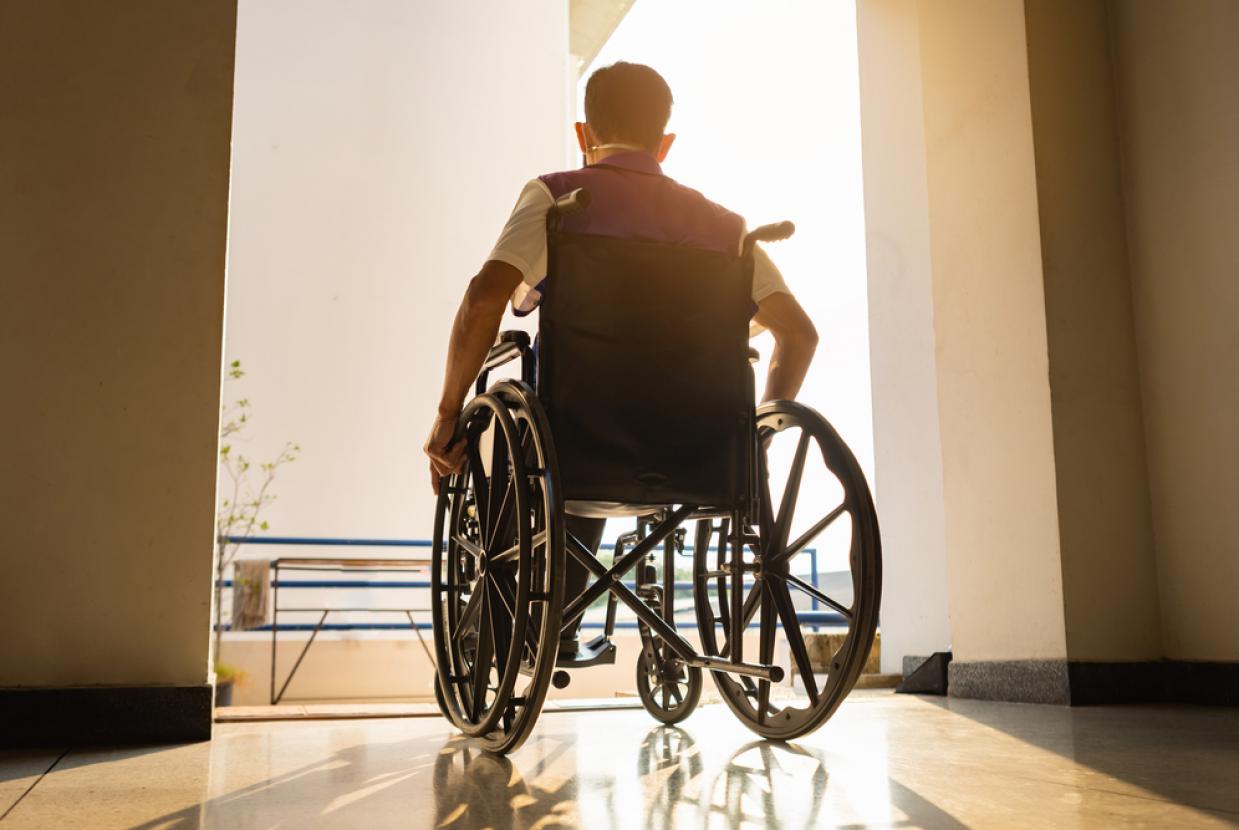How To Open A Bank Account
A bank account is a must-have for most, making managing your everyday money safe and straightforward. We cover the basics of banking, including how to switch and the common fees to watch out for.
Bank accounts explained
Current accounts allow you to make and receive payments, such as paying bills, withdrawing cash or being paid your salary. Here we explain the basics of banking, key terms and highlight the fees and charges to watch out for.
Key features at a glance
Here are what all the terms mean:
- debit card – lets you spend online or in shops, and take money out at cash machines
- bank transfer – lets you move money between your accounts or pay someone else
- standing order – a bank transfer you want to repeat, such as paying rent or moving money to a savings account
- direct debit – lets companies take money you owe them on a set date, usually for bills like energy or mobiles
- overdraft – lets you spend more than you have, but you’ll usually pay interest every time you use this
- online and mobile banking – giving you secure, 24/7 access to your accounts
- branch or Post Office banking – if you want to manage your money in person.
How to open a bank account
Opening a current account is usually a straightforward process, but you often need to have certain forms of ID and proof of address. Here’s everything you need to know.
- Compare accounts
There are many options to choose from, including high-street banks with branches, online-only banks, accounts with perks such as cashback and basic bank accounts.
To help, our compare bank accounts tool lets you view account features, fees and charges. Or we've step-by-step help in how to choose a bank account.
If you live in Northern Ireland, try the Consumer Council’s Current Account Comparison Table.
- Check the eligibility criteria
While making your shortlist of accounts, it’s important to check you’re able to apply. You typically need to be aged 18 or over and a UK resident, though some accounts might also require you to:
- pay in a minimum amount each month
- earn a certain salary
- pay a monthly fee
- have a good credit history
- own a smartphone.
If you’re after a bank you can visit in person, it’s also worth making sure your local branch opens at convenient times.
Student? See Student and Graduate bank accounts.
Under 18? See MoneySavingExpert's best children’s bank accounts
- See what ID you’ll need
Most banks will ask for a driving licence or passport to prove your identity – or a photo if you’re applying online, often along with a selfie.
If you don’t have these, check if they’ll accept other recent documents (typically under three months old) such as a:
- Council Tax bill
- utility bill, like gas or electricity
- bank or building society statement
- credit card statement
- HMRC letter or tax statement
- mortgage statement
- tenancy agreement
- benefit or state pension statement
- letter from your employer, college or training provider.
It’s also worth registering to vote as some banks use this as part of their checks.
If you don’t have the right documents, you could consider a prepaid card account instead, where ID isn’t usually required.
- Apply – you’ll usually need to pass a credit check
Depending on the account you’ve chosen, you can usually do this:
- online
- using an app
- over the phone
- in person.
Make sure there are no mistakes on the form as errors can lead to delays or failed applications.
The bank will usually run a credit check to see your credit history, including whether you’ve had problems paying money back. It’s a good idea to check your credit file’s in good shape before applying, see how to improve your credit score.
You will then be told if you’ve been accepted or declined. If you’re turned down for a standard account you might be offered a basic bank account instead – these don’t charge fees or offer overdrafts.


